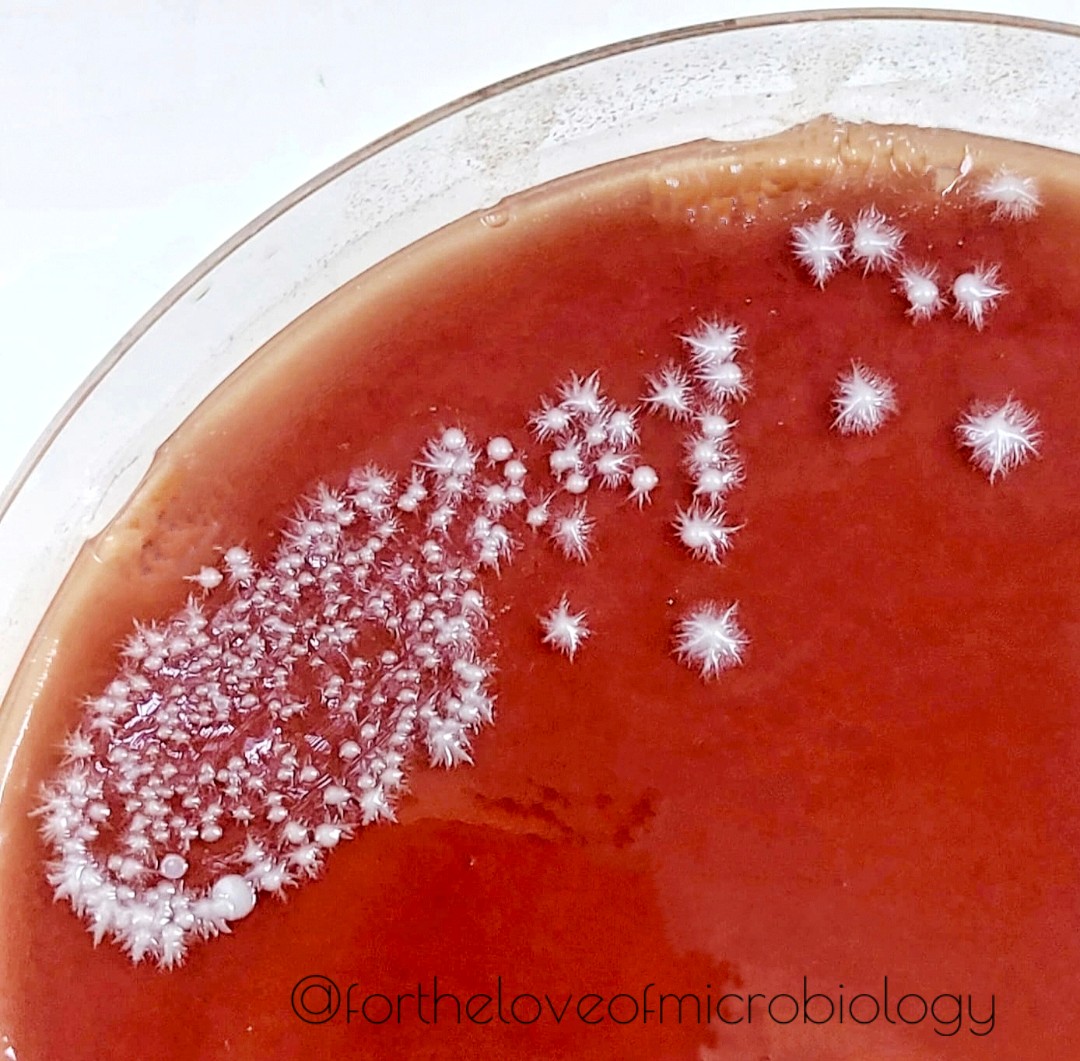An eerie video of a moving Enterobius vermicularis worm, shared by Sabir Hanif Hanif
#Fortheloveofmicrobiology #clinicalmicrobiology
#mmidsp #microrounds #IDpath #ASMClinMicro
#MicroTwitter #WomeninMicrobiology #STEM #medtwitter #ClinMicro #microbiologypakistan #PathBugs twitter.com/i/web/status/1…
#Fortheloveofmicrobiology #clinicalmicrobiology
#mmidsp #microrounds #IDpath #ASMClinMicro
#MicroTwitter #WomeninMicrobiology #STEM #medtwitter #ClinMicro #microbiologypakistan #PathBugs twitter.com/i/web/status/1…
Enterobius vermicularis, also known as pinworm, is a common intestinal parasite that infects humans. These worms are small, about 1 cm, are white or translucent in color. They are easily visible to the naked eye and can sometimes be seen moving around the anal area.
The video shows a moving Enterobius vermicularis worm with its distinctive cylindrical shape and tapered end. The worm moves by contracting and relaxing its muscles in a wave-like motion, allowing it to crawl or wriggle forward.
The video also shows the worm's mouthparts, which are located at the anterior end. The worm's uterus filled with hundreds of its distinctive eggs, are also clearly seen.
I have also shared a previous post mine, highlighting the different parts of the worm
I have also shared a previous post mine, highlighting the different parts of the worm
It is important to note that pinworm infections are typically asymptomatic. However, in some cases, individuals may experience itching around the anal area, especially at night when the female worms come out to lay their eggs.
Treatment for pinworm infections typically involves albendazole to kill the worms and prevent re-infection. Good hygiene practices can also help prevent the spread of pinworm infections.
• • •
Missing some Tweet in this thread? You can try to
force a refresh

 Read on Twitter
Read on Twitter












